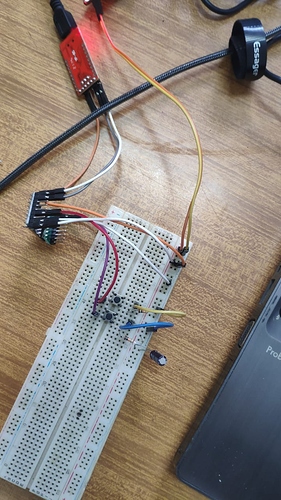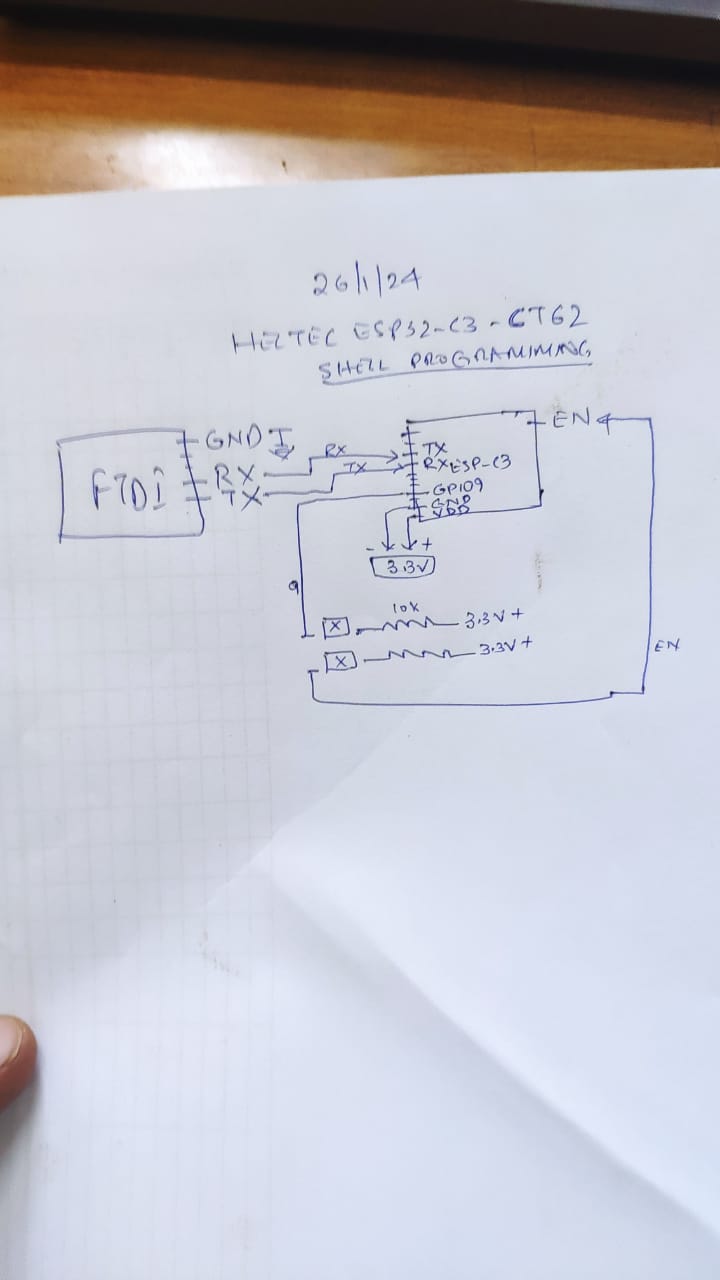I purchased two heltec Esp32 sx1276 ct62 shells from heltec. Using ftdi i can program Esp32 Wroom 32 using the Esp32 Dev Board on Arduino. But no luck with ct62. Do i have to use a different arduino board?
Ftdi ct62.
Rx. TXD
Tx. RXD
Gnd. Gnd
En->flash switch -> 10kohm-> 3.3v
0 -> reset switch -> 10kohm-> 3.3v
2 -> Gnd
VCC -> 3.3v
I followed the arrangements as here:
I get the error on arduino as “fatal error could not find the Esp32 dev board.”
So no luck with ct62. Do i have to use a different arduino board? Or it has to do with connections?



